Affiliate links on Android Authority may earn us a commission. Learn more.
Every Google Pixel gimmick ranked, from best to worst
Published onOctober 7, 2023
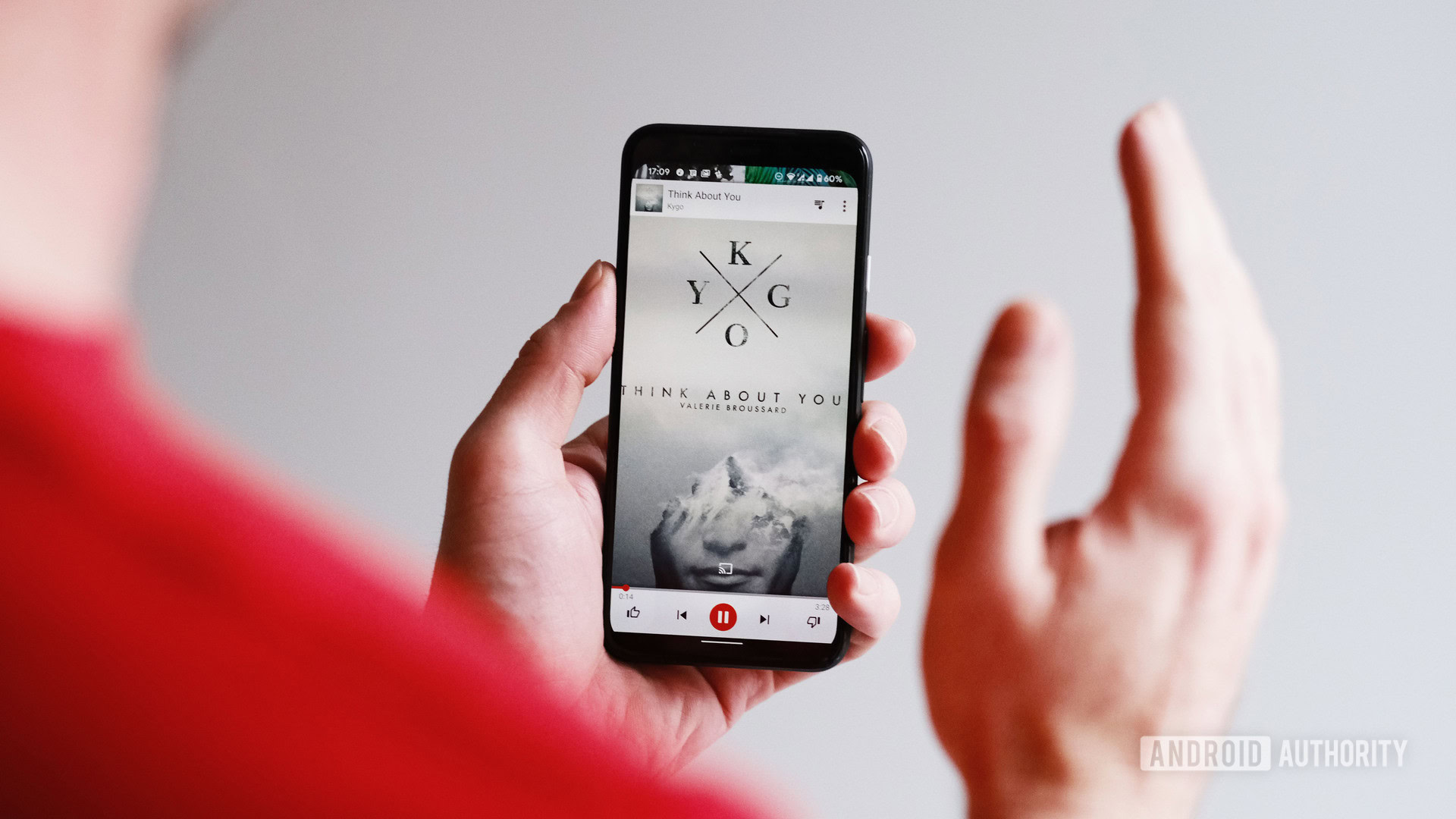
Google announced the Pixel 8 series this week, and one of the more perplexing additions is a temperature sensor or thermometer. It’s not the first phone with a thermometer, but it certainly makes for an unusual feature.
That got us wondering whether this was the most gimmicky feature we’ve ever seen on Pixel phones. So we decided to rank every Pixel gimmick from best to worst (obviously starting with the best).
1. Active Edge
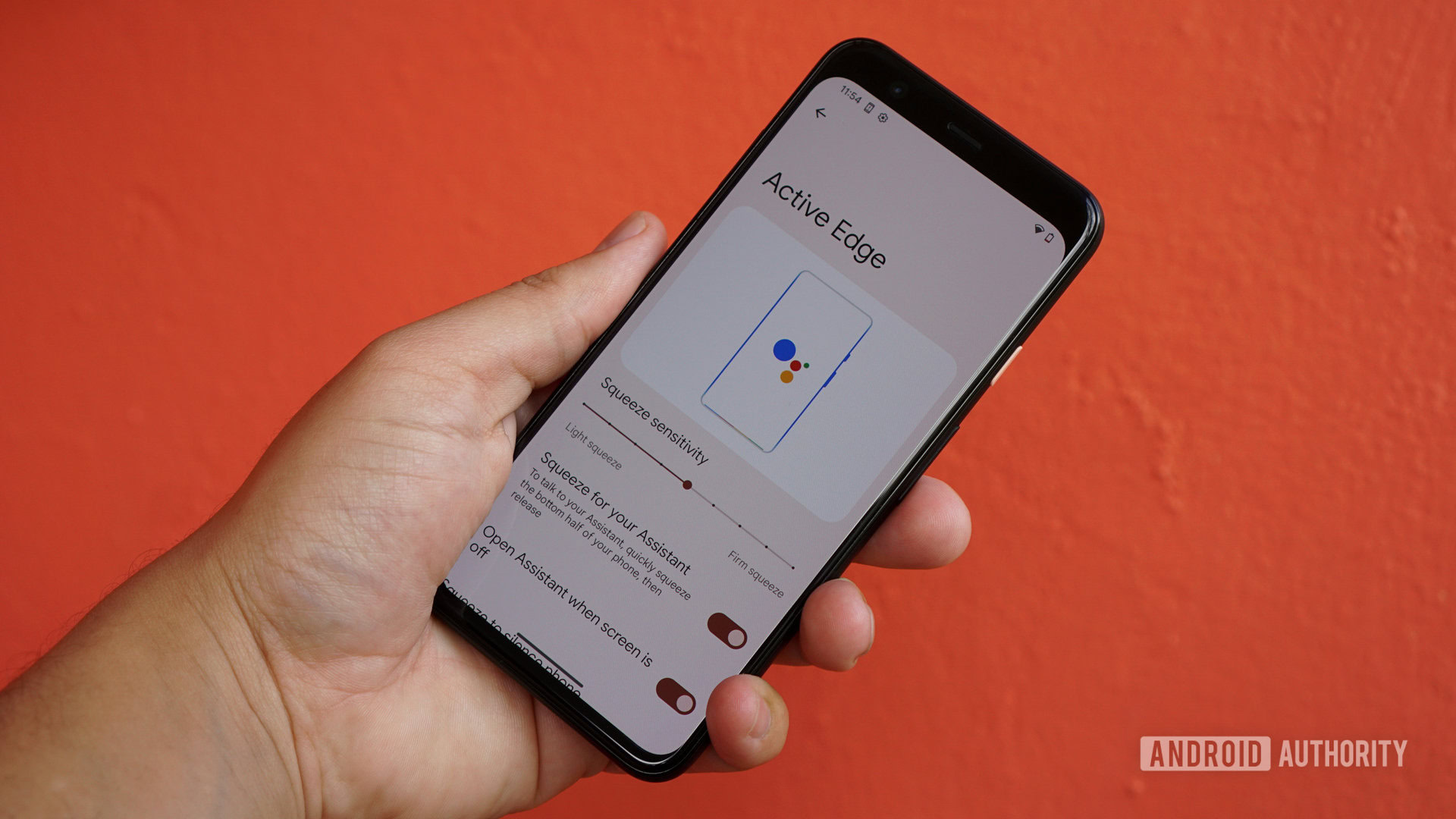
Google’s Pixel 2 series brought the Active Edge feature to Pixels back in 2017. The feature, conjured up by HTC, allowed you to squeeze the sides of the phone to activate Google Assistant.
It was well-received by critics and enthusiasts for the most part, but 2019’s Pixel 4 series would be the last Pixels to offer Active Edge capabilities. It was a cool addition while it lasted, but the Quick Tap function (double-tapping the back of the phone) has since replaced it.
2. Dual selfie cameras
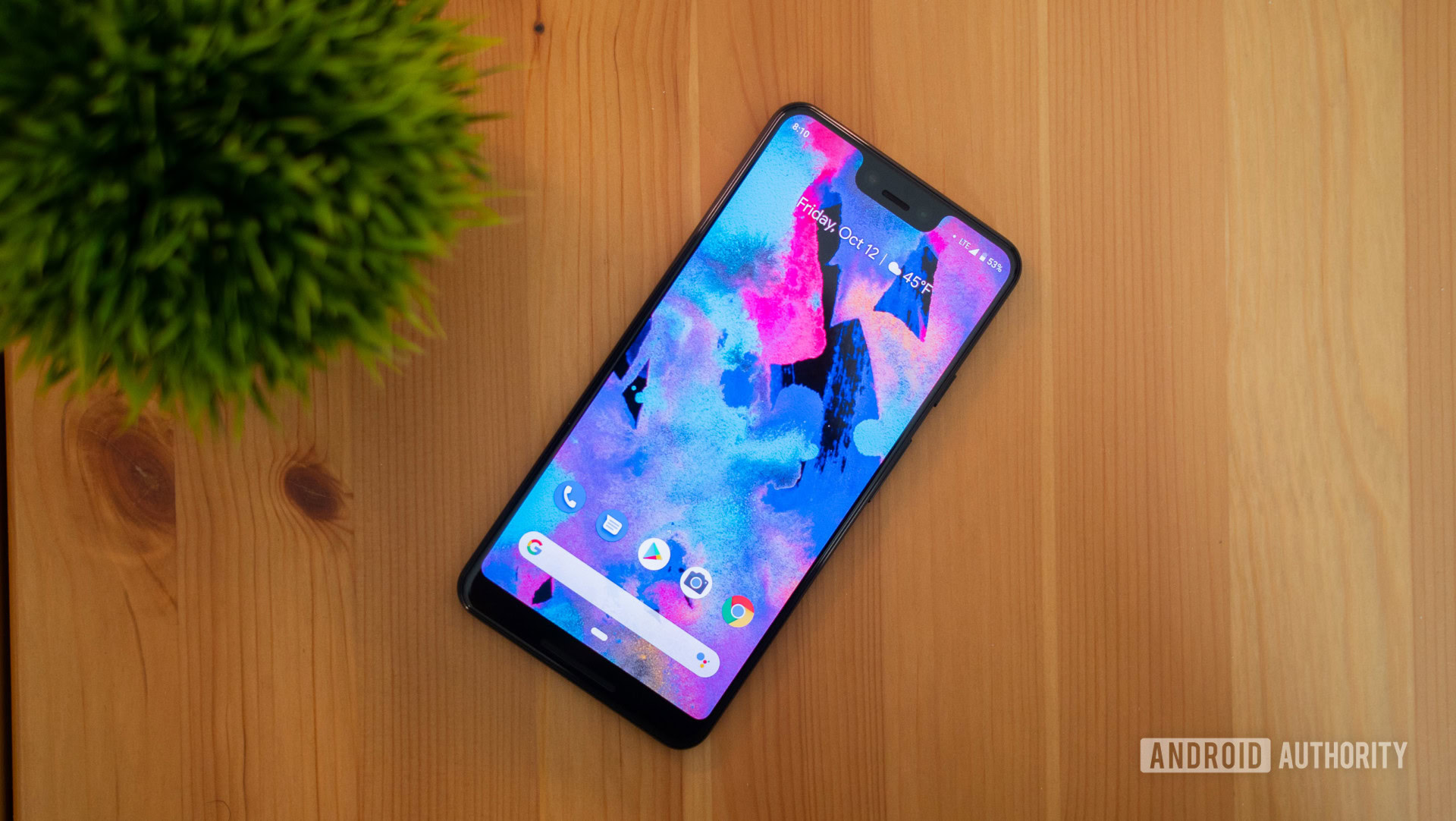
2018’s Pixel 3 phones were the first Pixels with dual selfie cameras. The Pixel 3 series offered two similar 8MP shooters, with one camera being used for ultrawide selfies (97-degree FoV) and the other being used for solitary snaps (75-degree FoV).
The Pixel 3's dual selfie cameras aren't the worst Pixel gimmick by any measure, but the industry has moved on to a more streamlined solution.
It was a neat idea and one we’ve seen on loads of phones before and since. But the likes of LG and Samsung have shown that you can get both standard and wide shots by simply using a single, wider, selfie camera. Google has since taken this route with its recent Pixel phones like the Pixel 7 series. Dual selfie cameras do have the benefit of capturing more depth data for a more accurate portrait mode, though, so there are other benefits to this older approach.
3. Temperature sensor
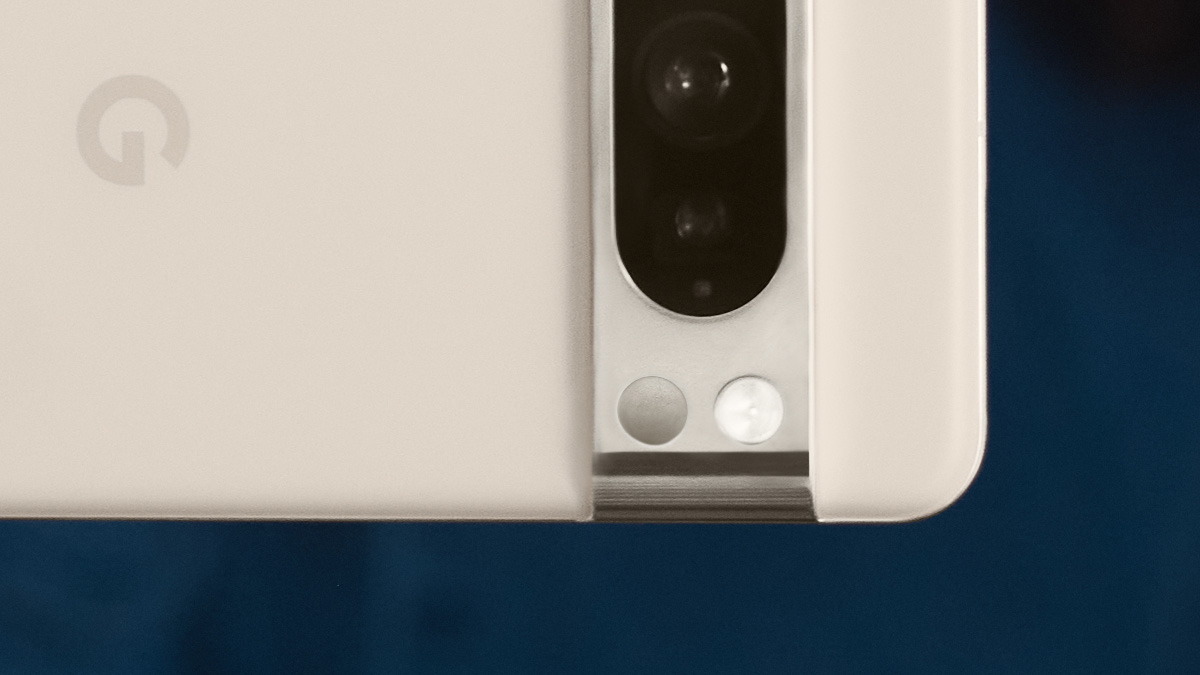
The most recent gimmicky feature on the list is the Pixel 8 Pro’s temperature sensor or thermometer. It’s a pretty intriguing idea in theory, allowing you to check the temperature of objects such as pans, food, and more. You need to be within five centimeters (1.9 inches) of the object you need to measure, so I wouldn’t be surprised if some devices suffer heat damage.
Google really missed the boat with this feature, however, as the company is still seeking FDA approval so it can be used on humans. And using it to measure one’s temperature is really the main draw here.
The temperature sensor would've been useful a couple of years ago. Now, it feels like a weird addition.
It must also be said that HUAWEI previously offered a phone with a thermometer back in 2020, at the height of the COVID pandemic. So this is another missed opportunity of sorts for Google, as it would’ve been pretty handy on 2020’s Pixel 5 or 2021’s Pixel 6. Still, a thermometer would be useful for parents, for cycle tracking, or to tell your boss you’re really sick if/when the feature finally gains FDA approval for human use.
4. Motion Sense
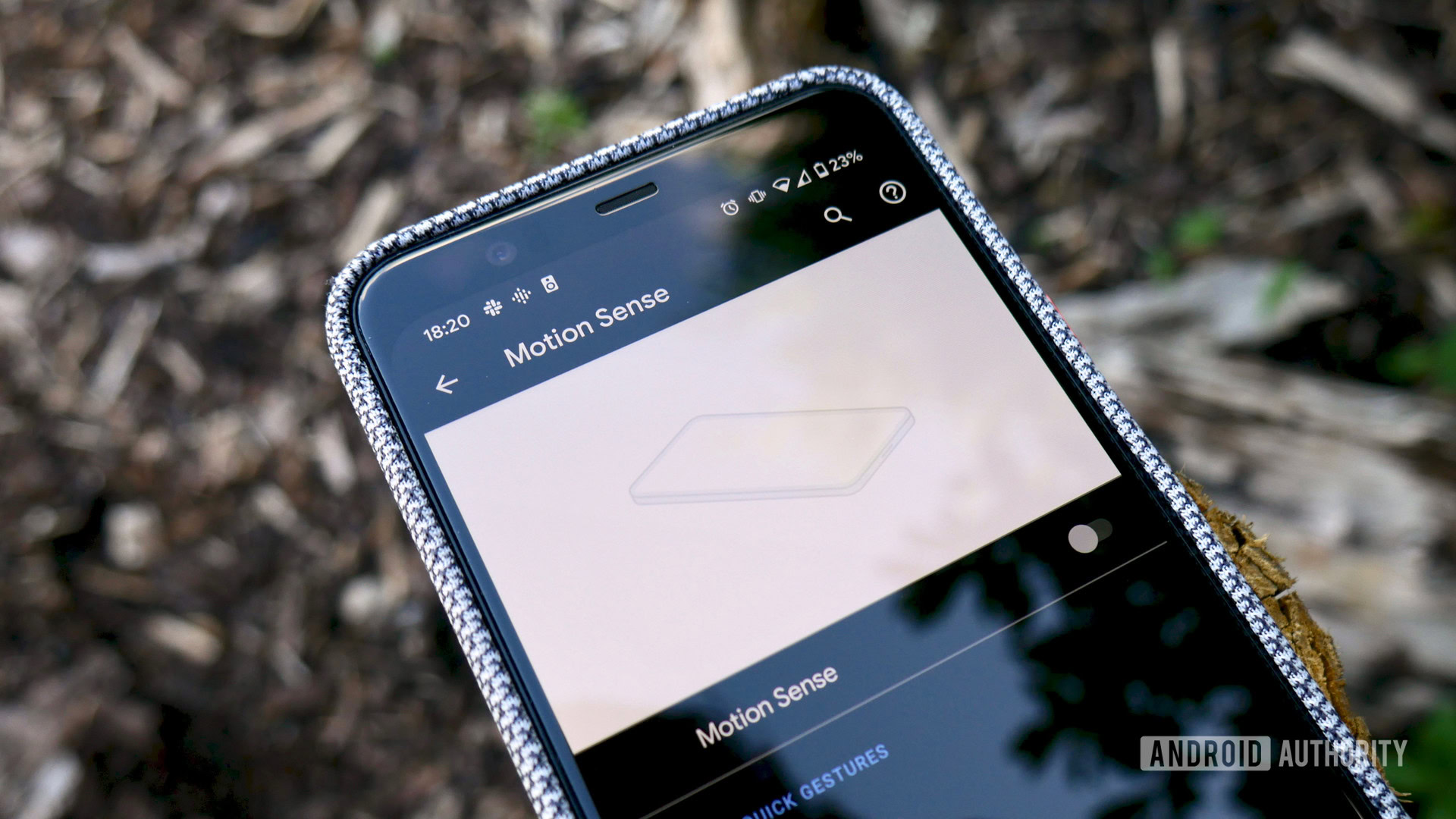
The Pixel 4’s Motion Sense and associated Soli radar get my nod for the worst Google Pixel gimmick. Soli was a mini-radar system of sorts that was used to detect the user, and it had a couple of use cases at launch but never evolved beyond that.
Soli was used to wake the phone’s screen and 3D face unlock sensors for seamless unlocking, but it also enabled a feature dubbed Motion Sense which allowed you to control your phone with gestures. You could swipe through photos, skip tracks, pause music, and more with your hand.
Motion Sense is the peak of Google's obsession with controlling devices without touching them.
Unfortunately, there was a major limitation due to the fact that the Soli radar wasn’t certified in many regions and therefore Motion Sense wasn’t available in many markets. This issue is also thought to be the reason why the Pixel 4 series didn’t come to India. Ouch.
Motion Sense was an interesting concept but it was basically an advanced version of a feature that Samsung first introduced in the early to mid-2010s (Air Gesture). Enterprising developers had even implemented it on Nokia’s Symbian phones before that. Neither of those needed a fancy radar sensor either, relying on the selfie camera instead. Meanwhile, 2019’s LG G8 used a 3D ToF camera for both face unlock and gesture controls — no regulatory certification needed.
Though, perhaps Motion Sense’s final nail in the coffin came when it was canned for subsequent Pixels. The feature could have, maybe, amounted to something, but Google launched it, didn’t add more capabilities to it, and eventually let it go.
What do you think? Which one is the biggest gimmick?